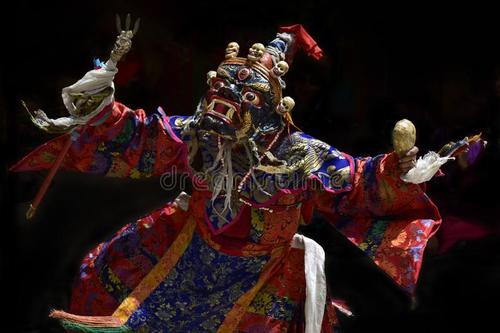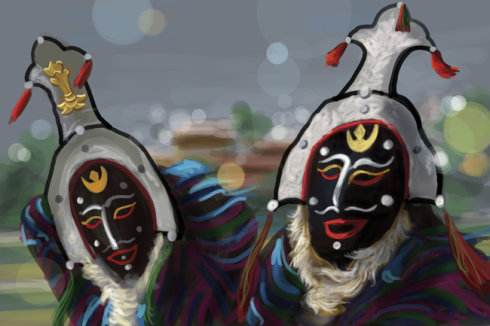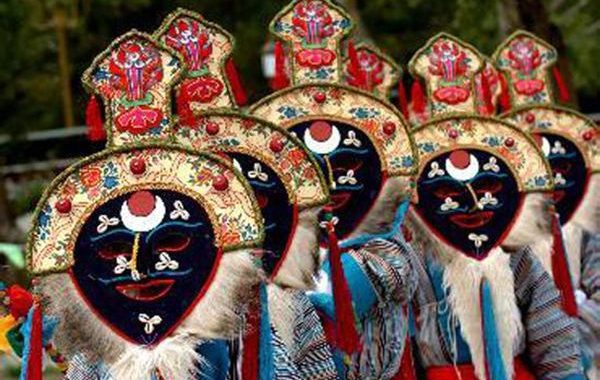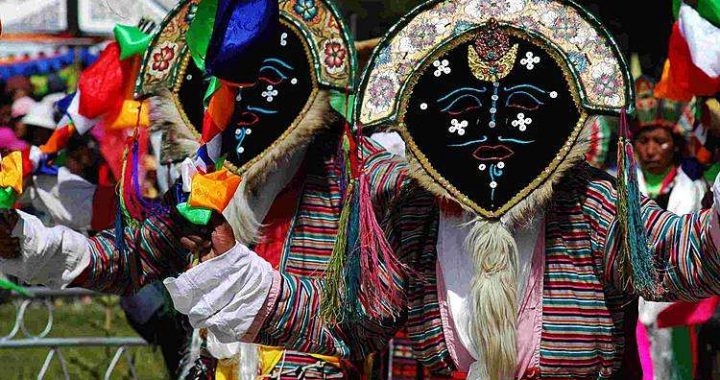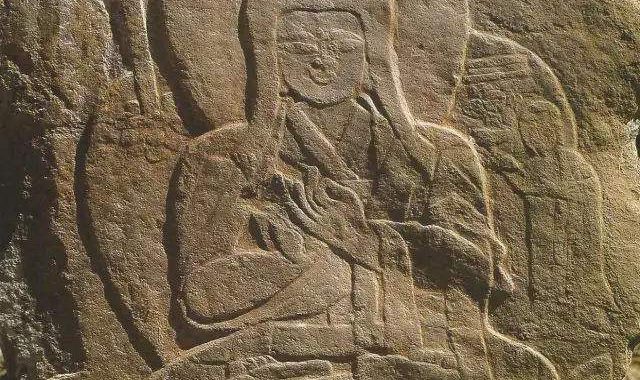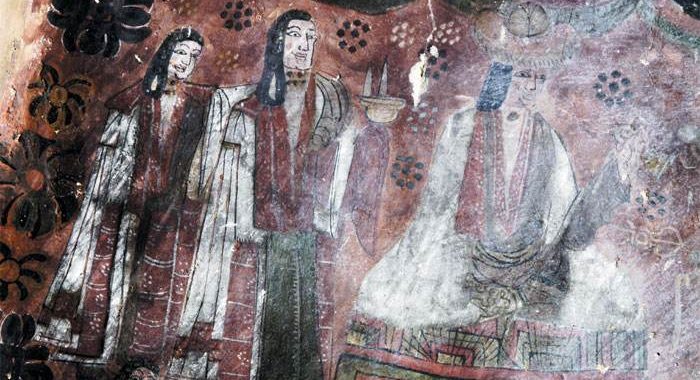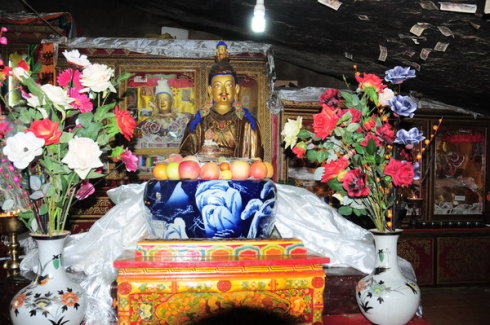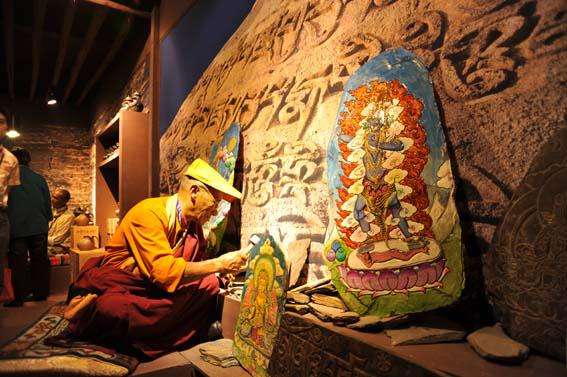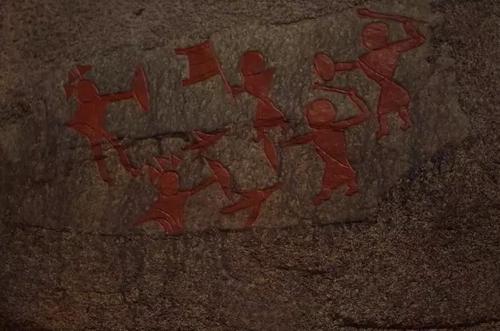PAINTED CLAY SCULPTURES
2 min readPainted clay sculptures, or colored clay sculptures, are also called painted sculptures for short. According to historical records, the techniques used in making Tibetan painted sculptures were introducedfrom the Han region. Besides Princess Wencheng and Princess Jincheng, who entered Tibet to marry the Tsenpos of Tubo, there were many craftsmen, including sculptors. The middle layer of Samye Monastery’s main part, built in the period of Trisong Detsen, adopts the architecturalstyle of the Han Dynasty. The Tibetan artisans mastered and localized the techniques to make these painted sculptures. Therefore, several works with integrated Tibetan and Han elements were produced, such as the statue of Princess Wencheng in Trandruk Temple, and the statues of Songtsen Gampo, Princess Wencheng, and Princess Bhrikuti in PotalaPalace. The Keru Lhakhang in Nedong County, Shannan Prefecture, was built in the era of Princess Jincheng. The painted statues of Bodhisattva were relics of Tubo, showing obvious Han characteristics.
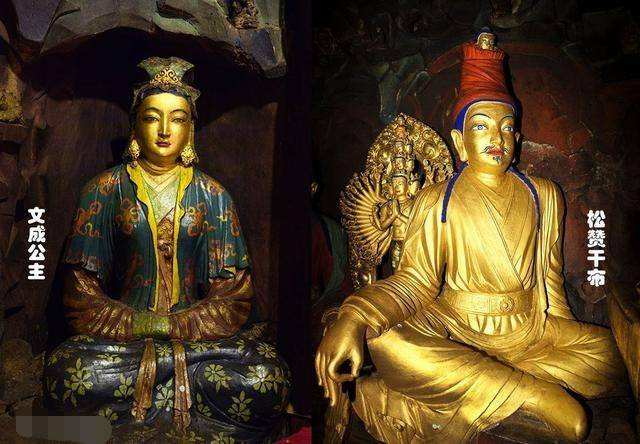
The statue of Princess Wencheng in the Potala Palace
Large sculptures depicting the eight disciples and two Dharma Protectors of Sakyamuni Buddha used to be in the main shrine of the Drathang Monastery. Unfortunately, man-made disasters destroyed them and only carved backlights were left on the wall. The backlights of the main Buddha in the center were painted high relief, while the roc, Capricorn fish and the fish-riding boy of the main parts are stereoscopic carvings, indicating superb skills. The techniques used to make the backlights indicate that the Tibetan artists had further matured by the end of the 11th century, and the craftsmen had mastered extraordinary integration ability. The Han techniques for making clay sculptures was used to make Tibetan Buddhist bronze sculptures and wood carvings, while the colored surface drawing was a creation of Tibetan artists: completely gilded and partly color-painted. This technique was widely applied in many monasteries in the same period and later, and it was hard to distinguish these sculptures from the gilded cast copper Buddha statues.
